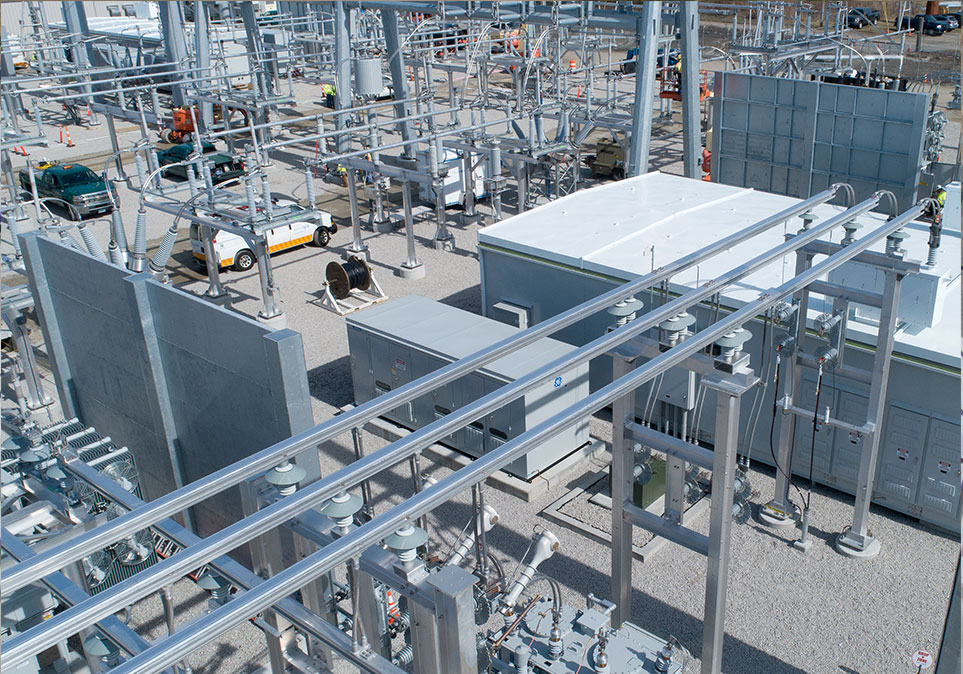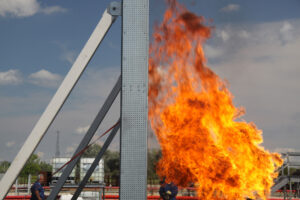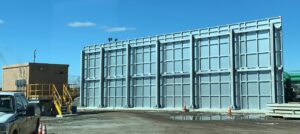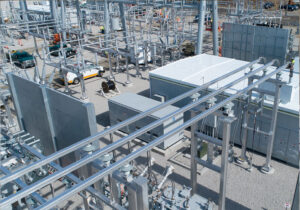Fire remains one of the most significant discoveries mankind has come across; it changed how civilizations worked and played a big hand in the development of the society we know today. Following that up with electricity, humanity was well-positioned to prosper and make even more discoveries. On the other hand, water is an essential component of life, and we cannot survive without it. However, mixing these three components is never a good idea, making transformer fires one of the most dangerous hazards today. As you would imagine, trying to contain a transformer fire with water may be quite dangerous as water is a good conductor of electricity. But what other solutions would be best to combat such a fire? One of the best ways to do this is by using fire door solutions that can help protect or contain dangerous fire hazard rooms from getting in contact with the fire. But we are getting ahead of ourselves; let us first look at the environmental hazards sprinklers or foams extinguishers have on transformer fires.
Environmental Hazards From Putting Out Fires With Sprinklers
As we have mentioned, water is a good conductor of electricity, and many people would label a transformer as the source of electricity in layman terms. Therefore, using water to put out such an electric fire could put you at risk of electrocution. The electrolytes in the water could conduct electricity and run up the water to send you a devastating charge of electricity.
However, with the advanced fire extinguishing techniques we have today, this shouldn’t be your biggest concern. By using water to put out electricity, you run the risk of malfunctioning the entire transformer. Meaning it may need to be replaced entirely, which can be very costly. It will need new spare parts often manufactured in factories that do not meet the environmental standards, further contributing to this growing concern.
Electric fires can be very volatile and may need a lot of water to put them out. This water could have better been used for other things, resulting in its wastage, making it further detrimental to the environment. However, many water-based fire extinguishers are mixed with additional chemicals to ensure less water is used while putting out the fire. While on the surface, this looks like an excellent water preserving technique, some of these chemicals are not biodegradable and could affect the environment even further.
Environmental Hazards From Putting Out Fires With Foam
As you can see, water may not be the best solution when it comes to putting out electrical fires, especially transformer explosions. But why do we have foam in the same category?
Most foam-based fire extinguishers are also water-based. Most contain Aqueous film foaming (AFF), a hydrocarbon base used in the suffocation of a fire. The hydrocarbon’s primary purpose is to cut out the oxygen supply to the fire. Some commonly used hydrocarbon bases are fluorosurfactant, sodium alkyl sulfate, and other poly fluorides. Some of these chemicals are not biodegradable, meaning they can harm the environment, primarily if used in a large fire.
What Is The Solution?
Transformer fires need more precision and more specialized equipment when being dealt with, and professionals such as firefighters should be called to the scene promptly. However, with transformer fires, prevention is definitely better than cure. That is why you should reach out to a company like Sinisi Solutions which deals with fire barrier installation for structures such as transformers. Fire barriers help reduce the spread of fire, making it much easier to put out and contain. Visit our website for more details: https://firebarrierexperts.com/.
Sinisi Solutions
75 Main St, Manasquan, NJ 08736
732-232-2100




